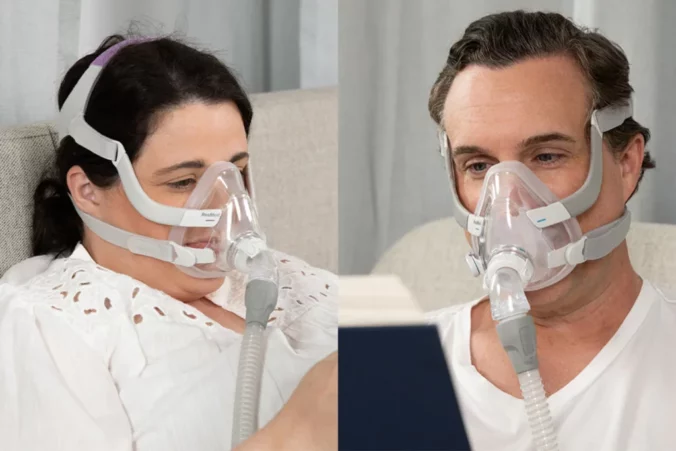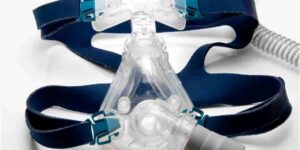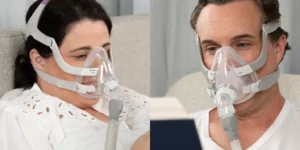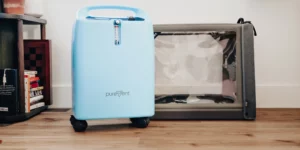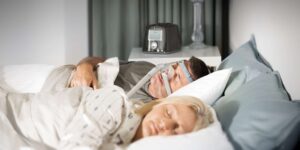Sleep apnea affects millions worldwide, disrupting sleep and increasing the risk of serious health issues such as heart disease, high blood pressure, and fatigue. Continuous Positive Airway Pressure (CPAP) machines are a cornerstone treatment for this sleep disorder, helping maintain steady breathing during sleep and improving overall sleep health.
Choosing the right CPAP machine can feel overwhelming. From mask types to pressure settings, knowing the essential features ensures you get the best results and comfort.
What Is a CPAP Machine?
A CPAP machine delivers constant air pressure through a mask to keep your airway open while sleeping. By preventing pauses in breathing, CPAP therapy improves oxygen flow and promotes deeper, more restorative sleep.
Real-world example:
John, a 50-year-old engineer, struggled with snoring and daytime fatigue. After using a CPAP machine for three weeks, he noticed better energy, reduced morning headaches, and improved heart health metrics during routine check-ups.
Why Features Matter
Not all CPAP machines are the same. Features can significantly impact comfort, effectiveness, and long-term adherence to therapy. Choosing a machine without understanding these options may lead to poor compliance or discomfort.
Essential CPAP Machine Features
1. Adjustable Pressure Settings
CPAP machines deliver airflow at a set pressure. Some models allow adjustments for mild, moderate, or severe sleep apnea, while auto-adjusting CPAP (APAP) machines vary pressure throughout the night based on your breathing patterns.
- Benefit: Ensures optimal airway support without unnecessary pressure, enhancing comfort and sleep quality.
2. Humidifiers
Many CPAP machines include built-in humidifiers to moisten air, reducing nasal dryness and throat irritation.
- Tip: Adjustable humidifiers let you control moisture levels according to your needs.
3. Mask Compatibility and Comfort
CPAP masks come in multiple types:
- Full-face masks: Cover nose and mouth, ideal for mouth breathers
- Nasal masks: Fit over the nose, suitable for users with mild apnea
- Nasal pillows: Small inserts for direct airflow, lightweight and portable
Choosing the right mask is crucial to prevent air leaks and ensure adherence.
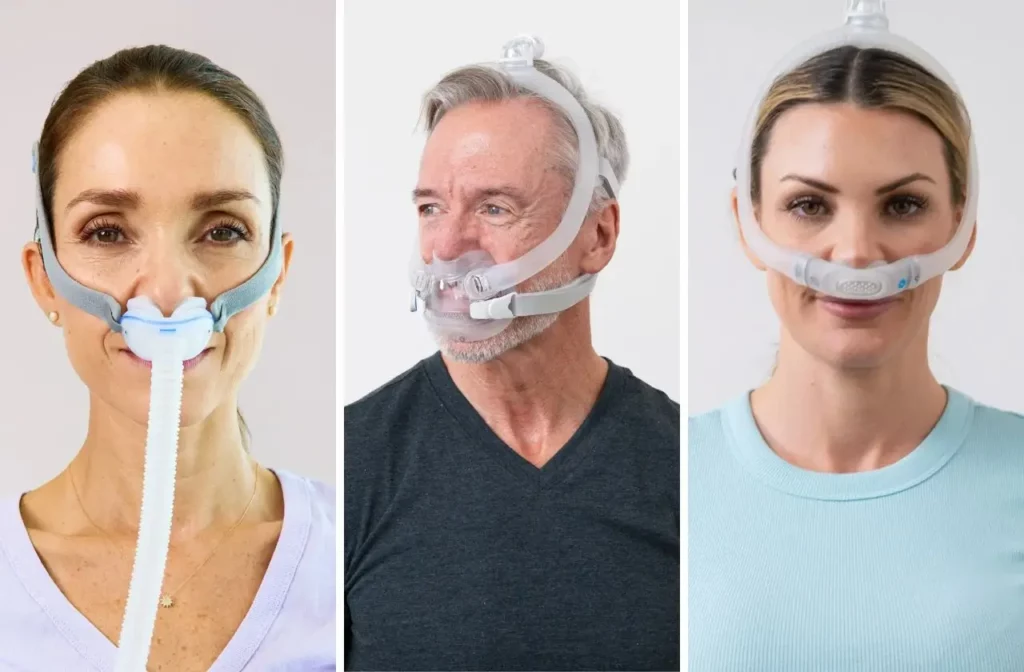
4. Ramp Feature
The ramp feature gradually increases air pressure as you fall asleep, helping users adjust comfortably without feeling overwhelmed.
- Benefit: Reduces anxiety for first-time CPAP users and improves sleep onset.
5. Data Tracking and Connectivity
Modern CPAP machines often track usage, mask fit, and apnea events. Some devices sync with apps or cloud platforms for remote monitoring by sleep specialists.
- Advantage: Personalized adjustments improve therapy effectiveness and reduce long-term health risks.
6. Noise Level
A quiet machine ensures minimal disturbance to your sleep or your partner’s. Look for CPAP devices rated below 30 decibels.
- Tip: Check user reviews for real-world noise levels before purchasing.
7. Travel-Friendly Options
Compact or battery-operated CPAP machines are perfect for frequent travelers, ensuring uninterrupted therapy on the go.
- Benefit: Maintains healthy sleep patterns regardless of location.
Benefits of CPAP Therapy
Using a CPAP machine consistently delivers numerous benefits:
- Improved Sleep Quality: Restorative sleep reduces fatigue, irritability, and memory problems.
- Reduced Cardiovascular Risk: Steady oxygen flow lowers strain on the heart, reducing blood pressure and risk of heart disease and sleep apnea complications.
- Enhanced Daytime Energy: Users experience increased alertness, focus, and productivity.
Practical Tips for New CPAP Users
Setup Tips
- Ensure mask is correctly fitted to prevent leaks.
- Position the machine at or below bed level to reduce water condensation in tubing.
- Use the ramp feature for easier adaptation.
Maintenance Tips
- Clean mask and tubing weekly to prevent infections.
- Replace filters and water chambers as recommended.
- Schedule periodic check-ins with your sleep specialist.
Comfort Tips
- Experiment with different mask types for best fit.
- Use a humidifier to minimize nasal irritation.
- Practice relaxation techniques before sleep to adapt to therapy.
The Role of Sleep Studies
A sleep study diagnoses sleep apnea severity and informs your CPAP prescription. It monitors breathing patterns, oxygen levels, and heart rate, allowing your specialist to recommend the best machine and settings.
Conclusion
Understanding the key features of CPAP machines ensures better therapy adherence, improved sleep quality, and reduced complications from untreated sleep apnea. From mask type to humidifiers and data tracking, selecting a machine that suits your needs makes a significant difference in health outcomes and daily energy.
Consult a sleep specialist and complete a sleep study to personalize your CPAP therapy and experience the full benefits of restful, restorative sleep.
FAQS
Mask choice depends on comfort, breathing style, and fit. Full-face masks suit mouth breathers, nasal masks are best for mild sleep apnea, and nasal pillows are lightweight options. Proper fit prevents leaks and enhances therapy effectiveness.
Yes. By keeping airways open and stabilizing oxygen levels, CPAP machines reduce blood pressure and heart strain, lowering the risk of heart attacks, stroke, and other cardiovascular complications linked to sleep apnea.
The ramp feature gradually increases air pressure as you fall asleep. This helps first-time users adjust comfortably, reduces anxiety, and improves sleep onset without interrupting natural breathing patter
Humidifiers prevent nasal dryness and throat irritation, improving comfort and adherence to therapy. Adjustable settings let you control moisture levels for optimal sleep health.

